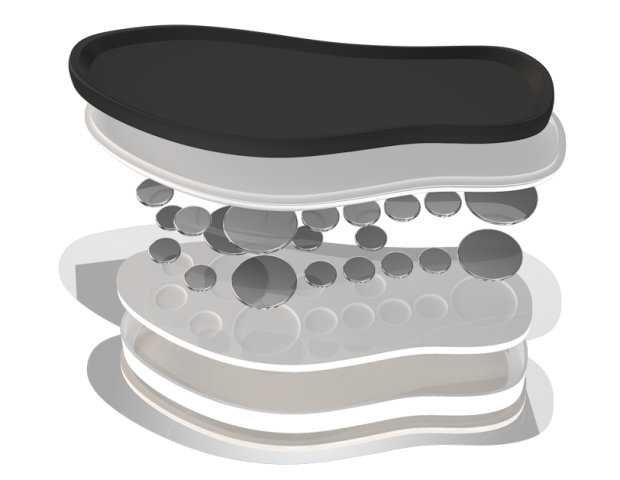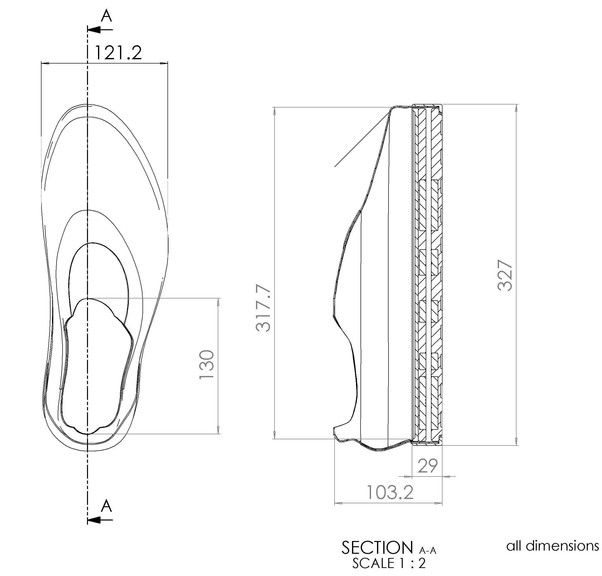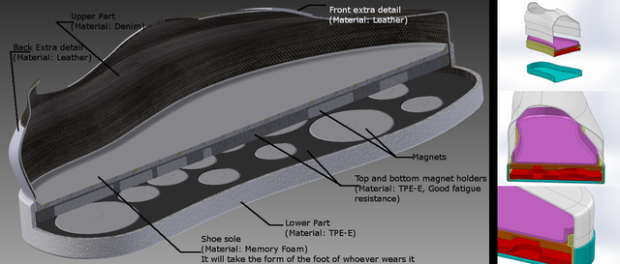On the surface, this looks like a regular memory stick. Except, you know, there’s nothing regular about it, since that is Samsung’s upcoming 128GB DDR4 RAM chip. That’s right, there’s a whopping 128GB contained inside that slender frame.
Yes, we know, it’s overkill even for the most powerful gaming PCs. Then again, that’s not what Samsung is making these for. Instead, these are aimed squarely at data centers and enterprise servers, which can definitely use such an absurd amount of memory to accommodate the multitude of transactions they regularly handle.
Billed as a breakthrough not just in capacity but in energy efficiency, the Samsung 128GB DDR4 RAM ditches traditional wire bonding in favor of TSV circuitry, connecting the chip components using electrodes that pass through hundreds of fine holes. Each memory unit is composed of 144 DDR4 chips, arranged in 36 4GB packages, with a master chip on each one embedding the data buffer function, leading to optimized module performance and power consumption. It boasts twice the speed of existing memory systems, clocking in at 2,400 Mbps, while using 50 percent less power than any previous solution that offers this much memory.
No word on pricing, but the Samsung 128GB DDR3 RAM is now under production and likely to go on sale sometime next year.
Samsung Electronics:
Samsung Electronics announced that it is mass producing the industry’s first “through silicon via” (TSV) double data rate-4 (DDR4) memory in 128-gigabyte (GB) modules, for enterprise servers and data centers.
Following Samsung’s introduction of the world-first 3D TSV DDR4 DRAM (64GB) in 2014, the company’s new TSV registered dual inline memory module (RDIMM) marks another breakthrough that opens the door for ultra-high capacity memory at the enterprise level. Samsung’s new TSV DRAM module boasts the largest capacity and the highest energy efficiency of any DRAM modules today, while operating at high speed and demonstrating excellent reliability.
“We are pleased that volume production of our high speed, low-power 128GB TSV DRAM module will enable our global IT customers and partners to launch a new generation of enterprise solutions with dramatically improved efficiency and scalability for their investment,” said Joo Sun Choi, executive vice president, Memory Sales and Marketing, Samsung Electronics. “We will continue to expand our technical cooperation with global leaders in servers, consumer electronics and emerging markets, where consumers can benefit from innovative technology that enhances their productivity and the overall user experience.”
The 128GB TSV DDR4 RDIMM is comprised of a total of 144 DDR4 chips, arranged into 36 4GB DRAM packages, each containing four 20-nanometer (nm)-based 8-gigabit (Gb) chips assembled with cutting-edge TSV packaging technology.
Conventional chip packages interconnect die stacks using wire bonding, whereas in TSV packages, the chip dies are ground down to a few dozen micrometers, pierced with hundreds of fine holes and vertically connected by electrodes passing through the holes, allowing for a significant boost in signal transmission. In addition to capitalizing on the industry’s highest capacity and TSV’s advanced circuitry, Samsung’s 128GB TSV DDR4 module has a special design through which the master chip of each 4GB package embeds the data buffer function to optimize module performance and power consumption.
As a result, Samsung’s advanced 128GB TSV DDR4 RDIMM provides a low-power solution for next-generation servers with speeds at up to 2,400 megabits per second (Mbps), achieving nearly twice the performance, while cutting power usage by 50 percent, compared to using the previous highest capacity DRAM modules ─ 64GB LRDIMMs, whose four-chip package stacks are hampered by power and speed limitations caused by their use of conventional wire bonding.
Samsung is responding to growing demand for ultra-high capacity DRAM by accelerating production of TSV technology in the market and quickly ramping up 20nm 8Gb DRAM chips to improve manufacturing productivity. In solidifying its technology leadership and expanding the market for premium memory solutions, the company plans to provide a complete lineup of its new high-performance TSV DRAM modules within the next several weeks including 128GB load reduced DIMMs (LRDIMMs).
In addition, Samsung will continue to maintain its technology leadership by introducing TSV DRAM with higher performance. These will include modules with data transfer speeds of up to 2,667Mbps and 3,200Mbps that help to meet intensifying enterprise server needs, while expanding TSV applications into high bandwidth memory (HBM) and consumer products.( from coolthings.com)











